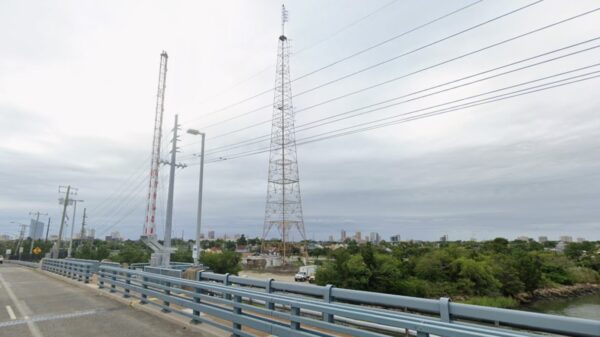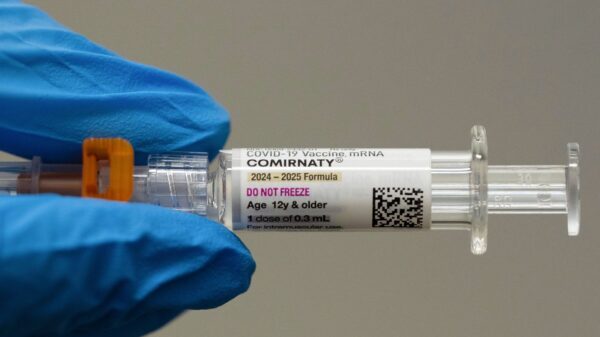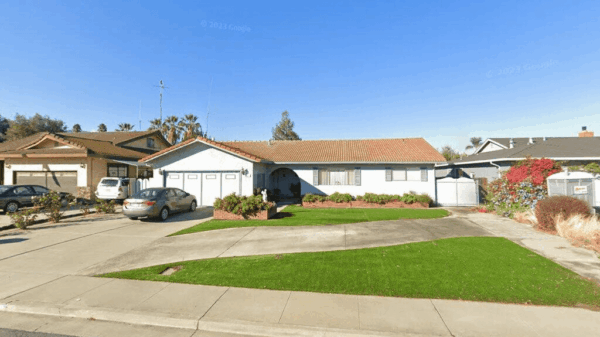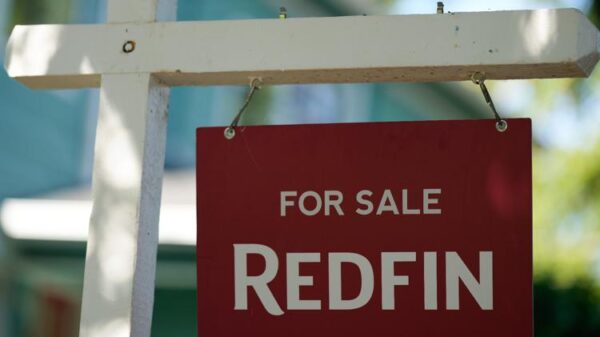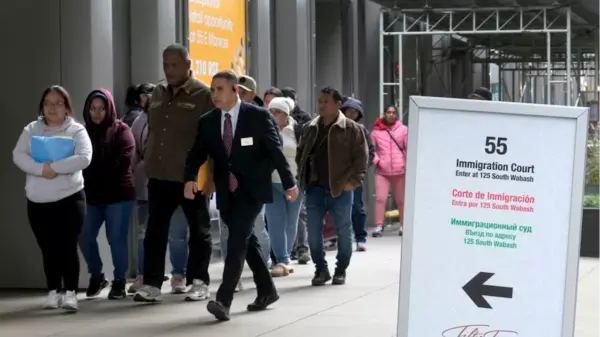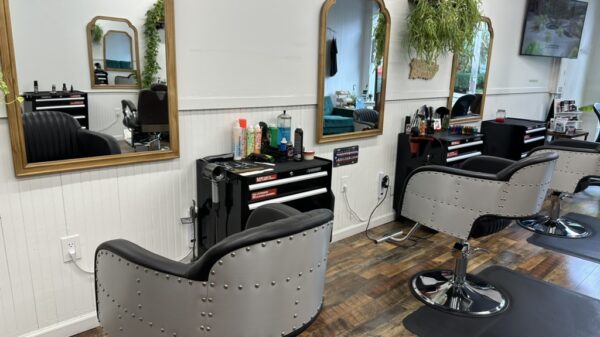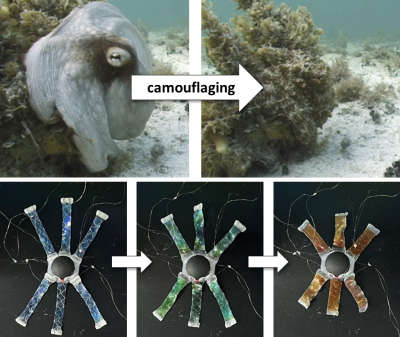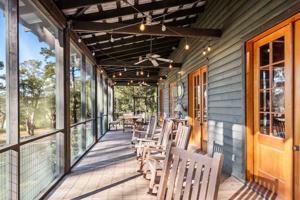The allure of country living is drawing increasing interest from buyers seeking tranquility away from urban life, particularly in the Lowcountry region of South Carolina. Properties like the Old Salkehatchie Plantation, spanning over 1,100 acres, are now being listed for prices around $6.485 million. This plantation is situated just a 90-minute drive from the bustling city of Charleston, offering a stark contrast with its serene landscapes, abundant wildlife, and picturesque riverfront.
Located in Hampton County, Old Salkehatchie features trails winding through dense pine forests and a two-mile stretch along the Combahee River. According to Todd Crosby, owner of Crosby Land Company, the property boasts excellent fishing opportunities, established deer hunting plots, and unique topography. He notes, “Fishing is plentiful, it has a number of food plots established with deer hunting towers already on the property, and it’s got some real nice topography.”
The appeal of countryside properties continues to rise, reflecting a broader trend. Research from Fannie Mae indicates that mortgage applications for rural and non-metro properties surged by 80 percent during the pandemic and have remained above pre-pandemic levels into 2024. This demand is being led by buyers from outside the local region, seeking primary residences, second homes, and investment opportunities.
Land prices in South Carolina vary significantly based on location, often escalating near metropolitan areas such as Charleston. The finite availability of land, especially those with water access and minimal development restrictions, has contributed to rising values. Charles Lane, a broker at Holcombe, Fair and Lane, stated, “Prices for rural tracts have been consistently appreciating, and demand has increased as supply has been stagnant.” He attributes part of this rise to the increased viability of remote work, allowing more people to consider rural living.
The Stokes-Hiott House, a historic property listed for $1.1 million by Ellen Leigh Murray, showcases the charm of small-town elegance. Located in Walterboro, this house features original architecture and is surrounded by azaleas and moss-draped oaks. Murray emphasizes the importance of maintaining original features, noting that, “A lot of these homes have been bastardized… But in this house, you walk in, and you see the beautiful arches that are in the dining room and in the kitchen.”
As more people seek quieter lifestyles, properties like the Stokes-Hiott House are becoming increasingly attractive. Murray, who is also pursuing a bed and breakfast license for the property, believes this could enhance its appeal to potential buyers. “It could be for someone who wants to run a B&B… or someone who works from home,” she explains.
A notable sale in this growing market was the Boardwalk, a 216-acre property in the ACE Basin that closed for $5.875 million. It features a two-story lodge capable of accommodating up to 20 people and offers diverse recreational opportunities. Lane describes it as a property that caters to various outdoor activities, from hunting to equestrian pursuits.
Current listings illustrate the trend of buyers moving further away from urban centers to find the rural properties they desire. The Osborne Tract, a 526-acre property located in Adams Run, is currently listed at $2.95 million and showcases the natural beauty of the region, including habitats for wildlife. Lane notes that rural buyers often prioritize privacy and access to navigable waterways.
The changing landscape of the Lowcountry is prompting potential buyers to consider areas beyond Charleston. Crosby highlights the ongoing issue of land fragmentation, stating, “Once you put asphalt or concrete on it, it’s never coming back.” He emphasizes the need to protect these green spaces for future generations.
As of late July, listings reveal a significant shift in where buyers are focusing their attention. The closest listing to Charleston was the Winningham tract, a 272-acre property under contract for $1.361 million. Other nearby listings include the Hiers Corner tract for $677,500 and the Wittee Branch No. 3 tract for $285,750.
While the demand for rural properties continues to rise, it is evident that buyers are willing to venture farther from urban areas to secure their desired lifestyles. Lane acknowledges the impact of urban sprawl on the region’s natural and cultural heritage but remains optimistic about ongoing conservation efforts. “Surprisingly, nearly 49 percent of Charleston County is permanently protected,” he notes, indicating a commitment to preserving the area’s unique character amid growing demand.


